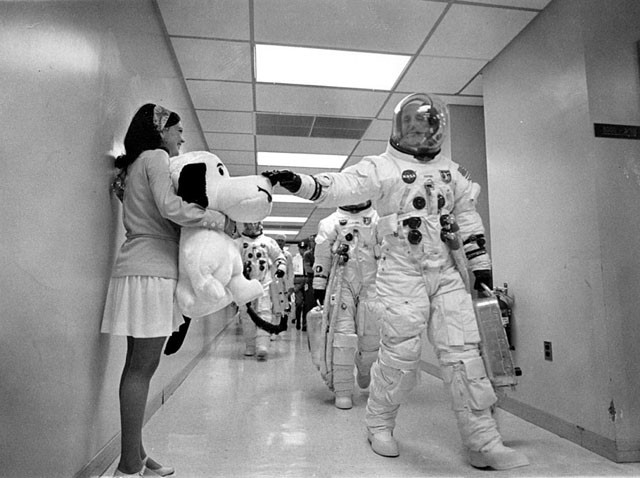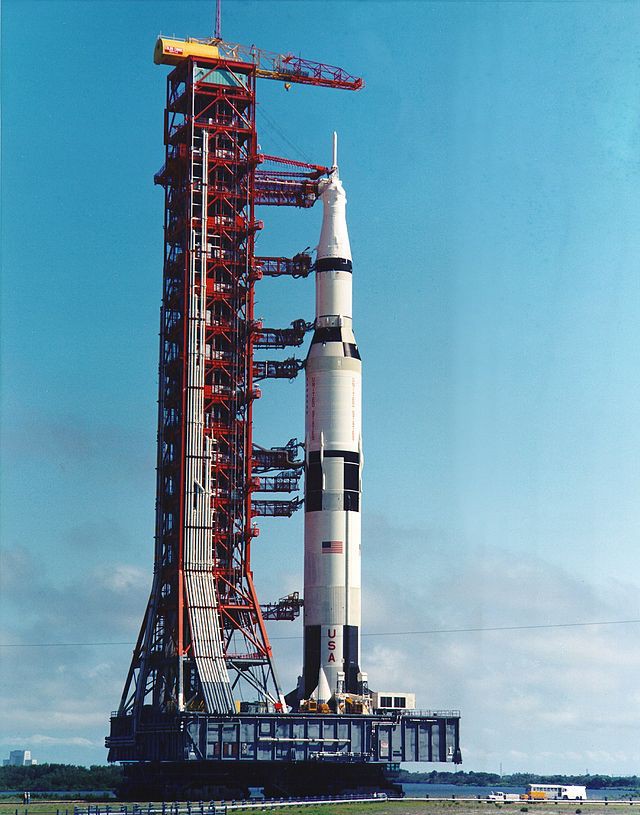
Apollo 11 launched from Kennedy Space Center in Florida at 9:32 a.m. EDT on July 16, 1969.The Apollo spacecraft had three parts: a Command Module (CM) with a cabin for the three astronauts, and the only part that landed back on Earth; a Service Module (SM), which supported the Command Module with propulsion, electrical power, oxygen, and water; and a Lunar Module (LM) for landing on the Moon.
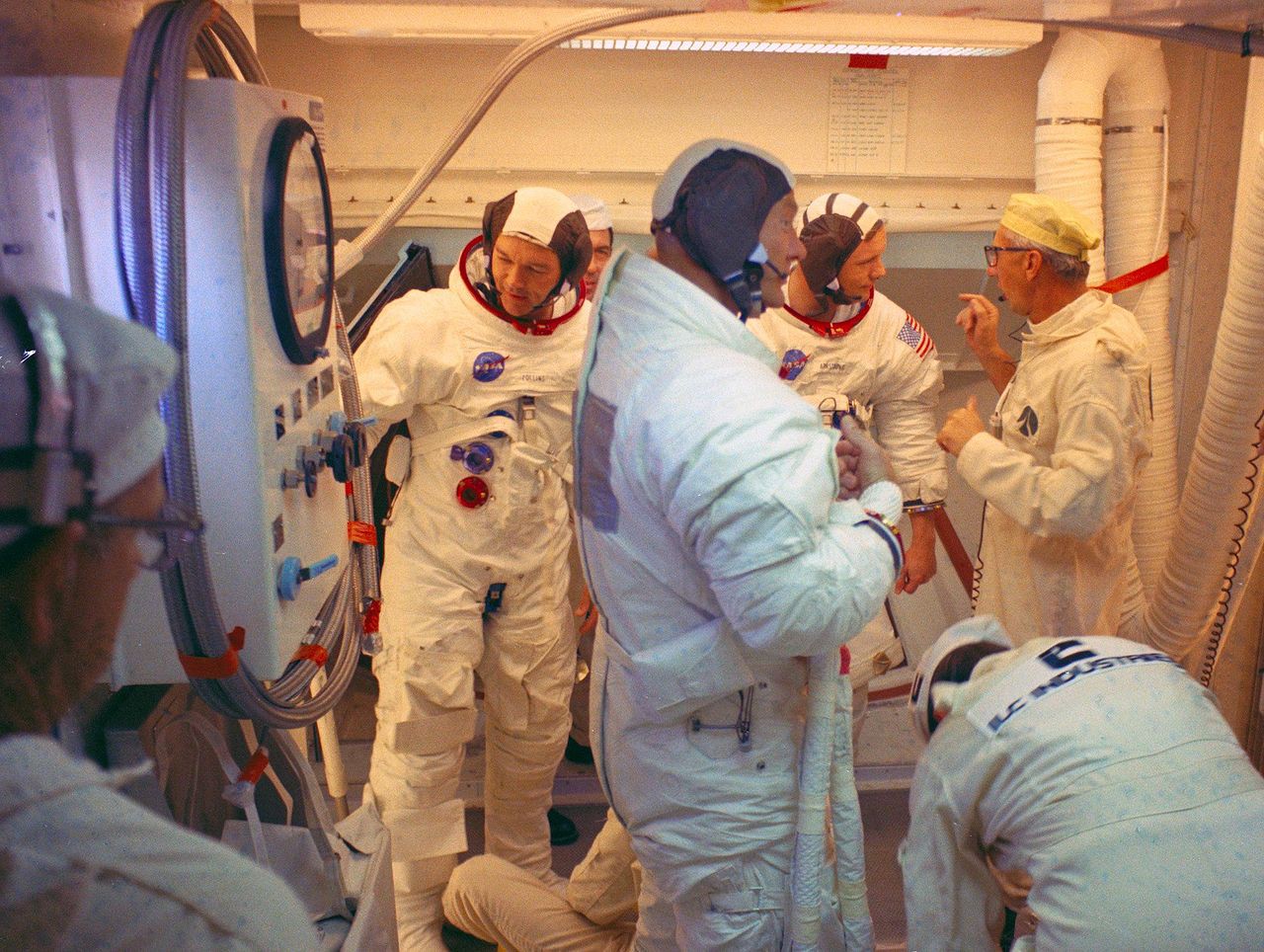
While in flight, the crew made two televised broadcasts from the interior of the ship, and a third transmission as they drew closer to the moon revealing the lunar surface and the intended approach path.
On July 20, Armstrong and Aldrin entered the lunar module, nicknamed the "Eagle" and separated from the Command Service Module — the "Columbia" — headed toward the lunar surface.

The lunar module touched down on the moon's Sea of Tranquility, a large basaltic region, at 4:17 p.m. EDT. Armstrong notified Houston with the historic words, "Houston, this is Tranquility Base. The Eagle has landed."
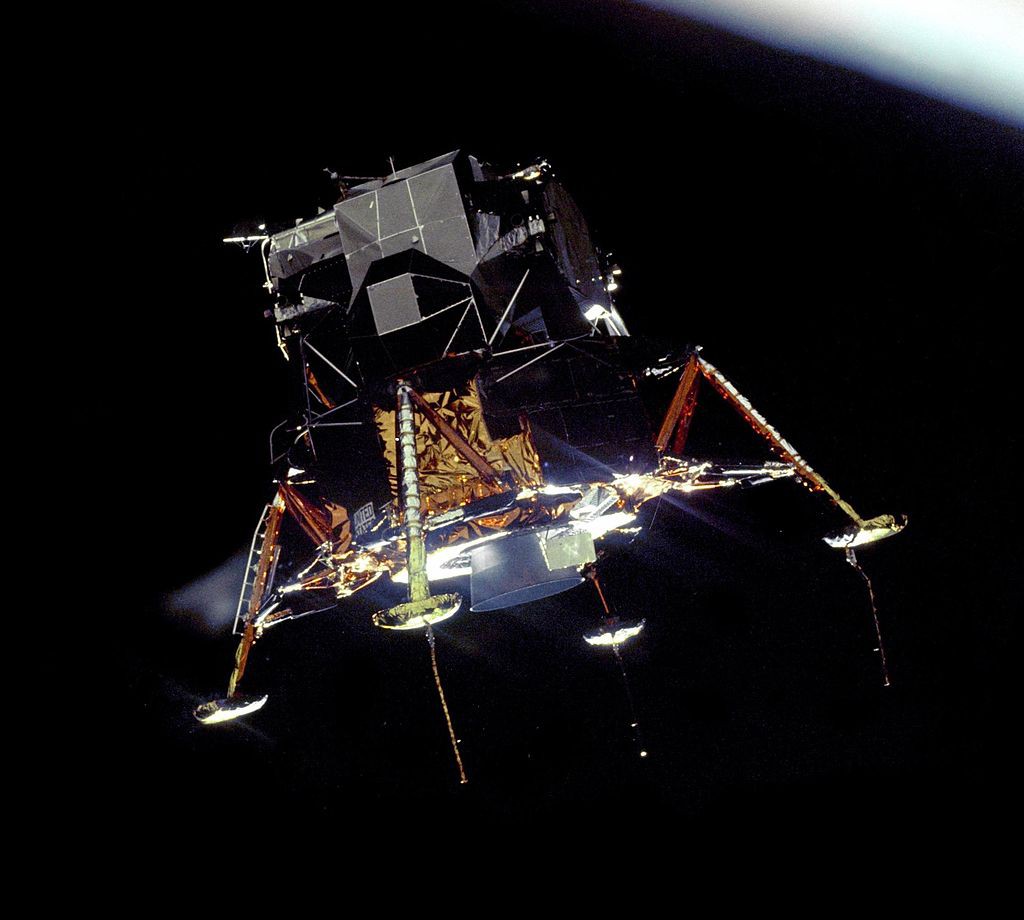
For the first two hours, Armstrong and Aldrin checked all of the systems, configured the lunar module for the stay on the moon, and ate. They decided to skip the scheduled four-hour rest to explore the surface.
A camera in the Eagle provided live coverage as Armstrong descended down a ladder at 11:56 p.m. on July 20, 1969, and uttered the words, "That's one small step for man, one giant leap for mankind."
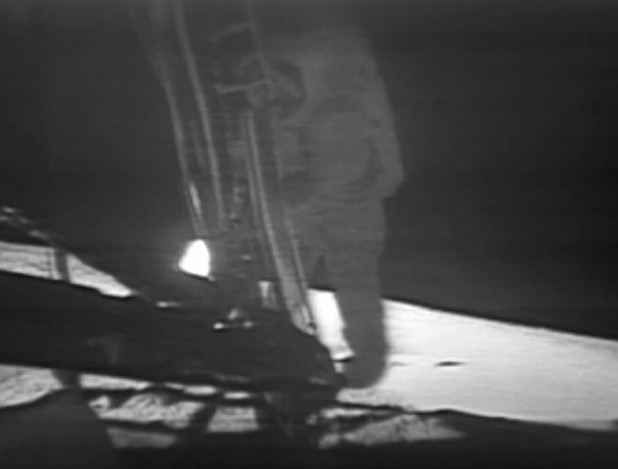
Aldrin followed twenty minutes later, with Armstrong recording his descent. Armstrong had the responsibility to document the landing, so most of the images taken from the Apollo 11 mission were of Aldrin.
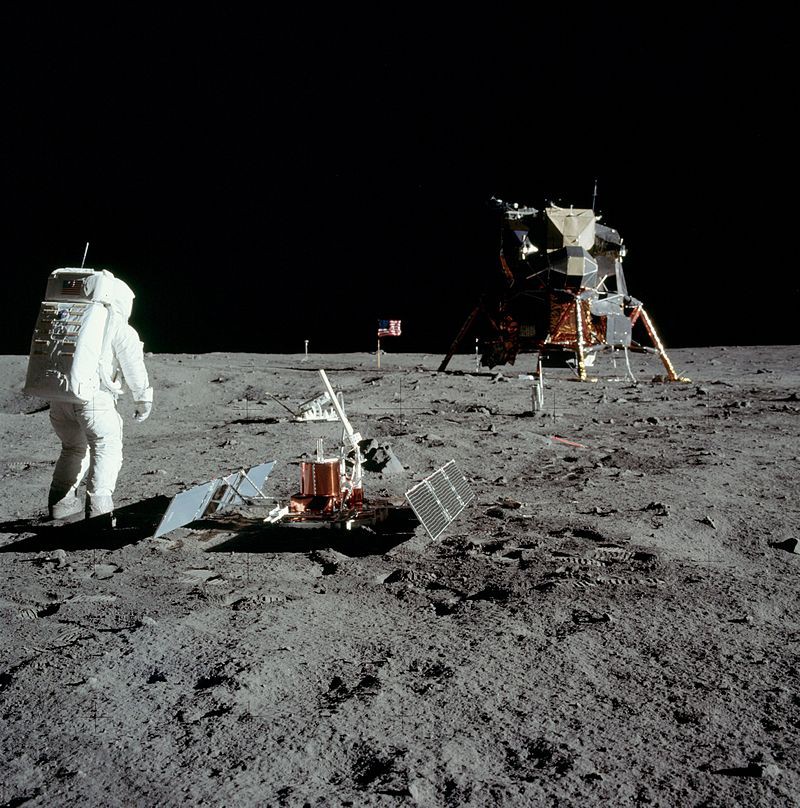
While on the surface, the astronauts set up several experiments, collected samples of lunar soil and rock to bring home, erected a United States flag, took core samples from the crust and placed a plaque that stated:
HERE MEN FROM THE PLANET EARTH
FIRST SET FOOT UPON THE MOON
JULY 1969, A.D.
WE CAME IN PEACE FOR ALL MANKIND
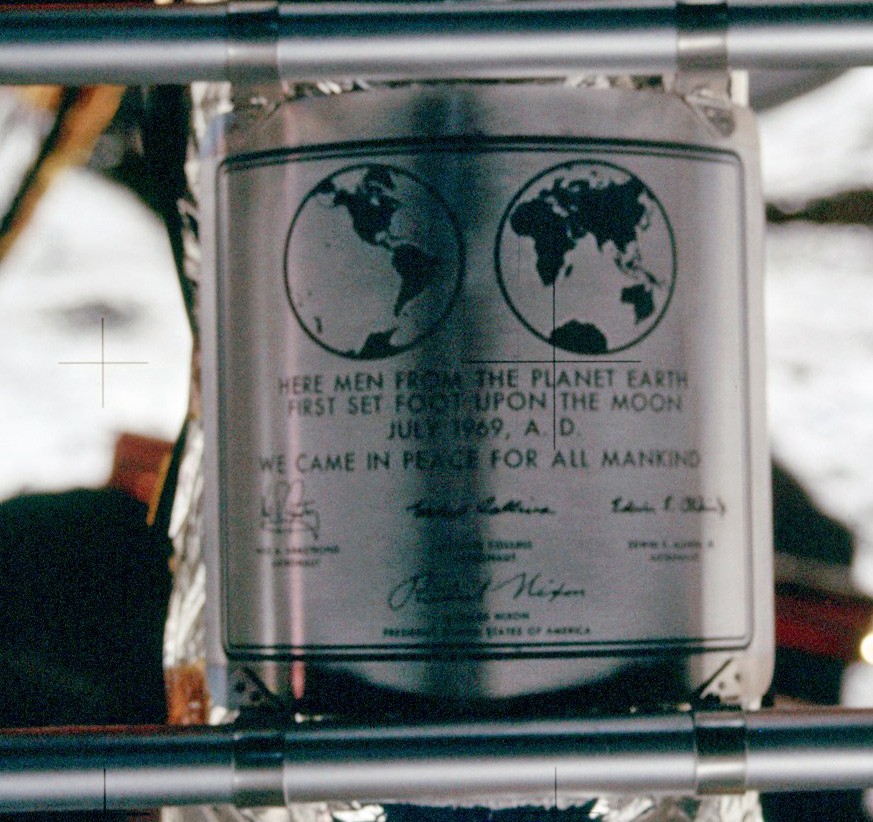
Memorial medallions with the names of the three astronauts who perished in the Apollo 1 fire and two cosmonauts who were also deceased, including the first man in space, Yuri Gagarin, remained after the astronauts left, as did a one-and-a-half-inch silicon disk with goodwill messages from 73 countries, and as the names of congressional and NASA leaders.
Armstrong spent a little over two and a half hours outside of the Eagle.
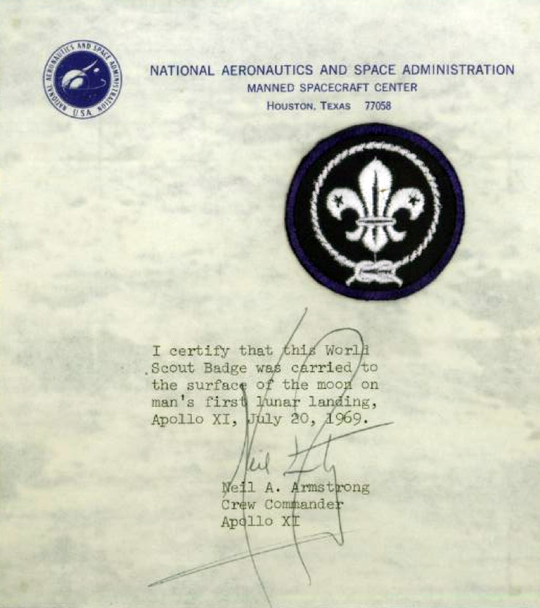
At 1:54 p.m. EDT, having spent a total of 21 and a half hours on the moon, the lunar module blasted back to where Collins sat in the Columbia. The two vehicles docked, and the crew and samples transferred to the Command Service Module before the Eagle was jettisoned into space. The astronauts headed back home. The team splashed down in the Pacific Ocean at 12:50 p.m. EDT on July 24, only a few miles from the recovery ship, the U.S.S. Hornet.
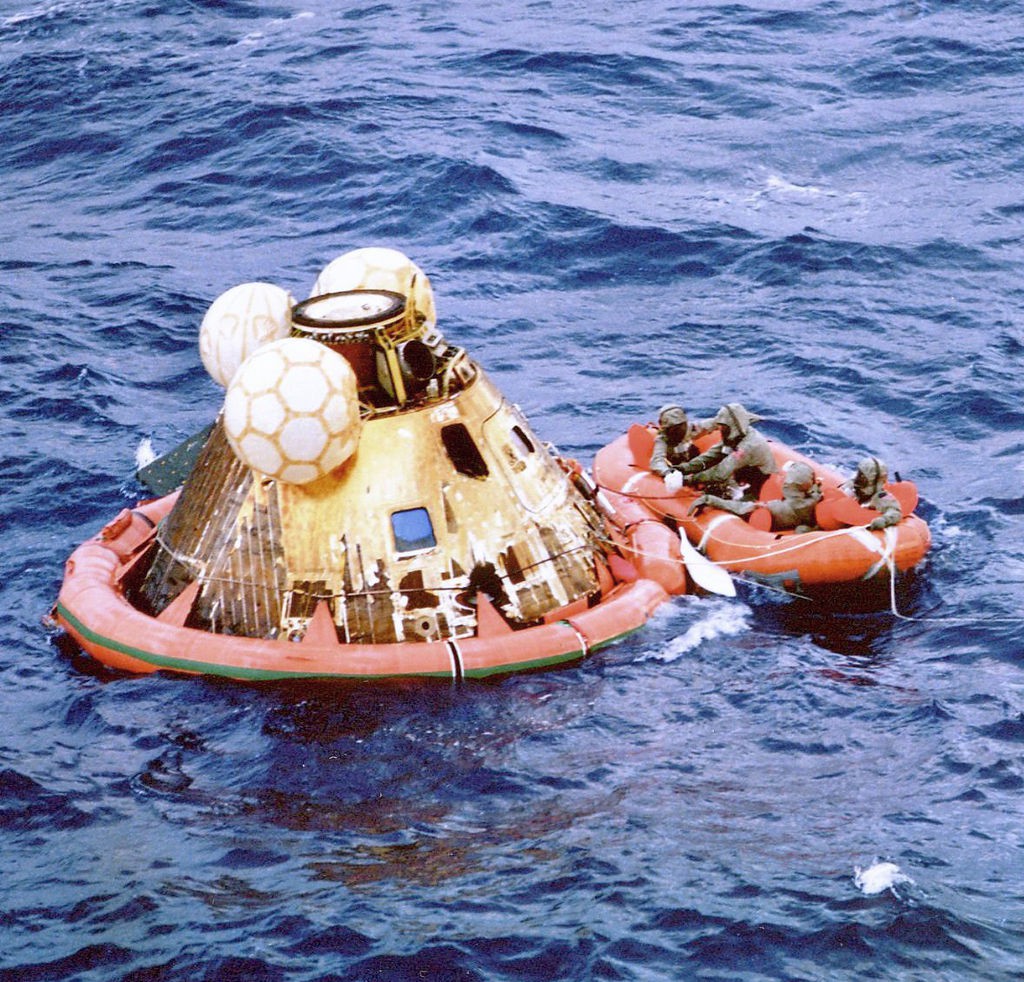
After donning biological isolation garments, the crew left the Columbia and climbed into a rubber boat, where they were rubbed down with iodine in an effort to stem potential contamination. They traveled by helicopter to a Mobile Quarantine Facility aboard the ship before being taken to Houston.
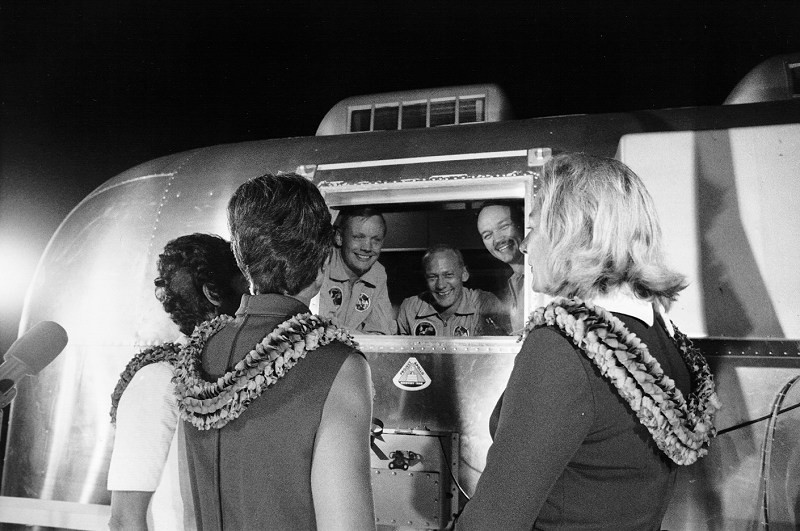
They remained quarantine until Aug. 10, having completed the national goal set by President John F. Kennedy in 1961, to perform a crewed lunar landing and return to Earth.
